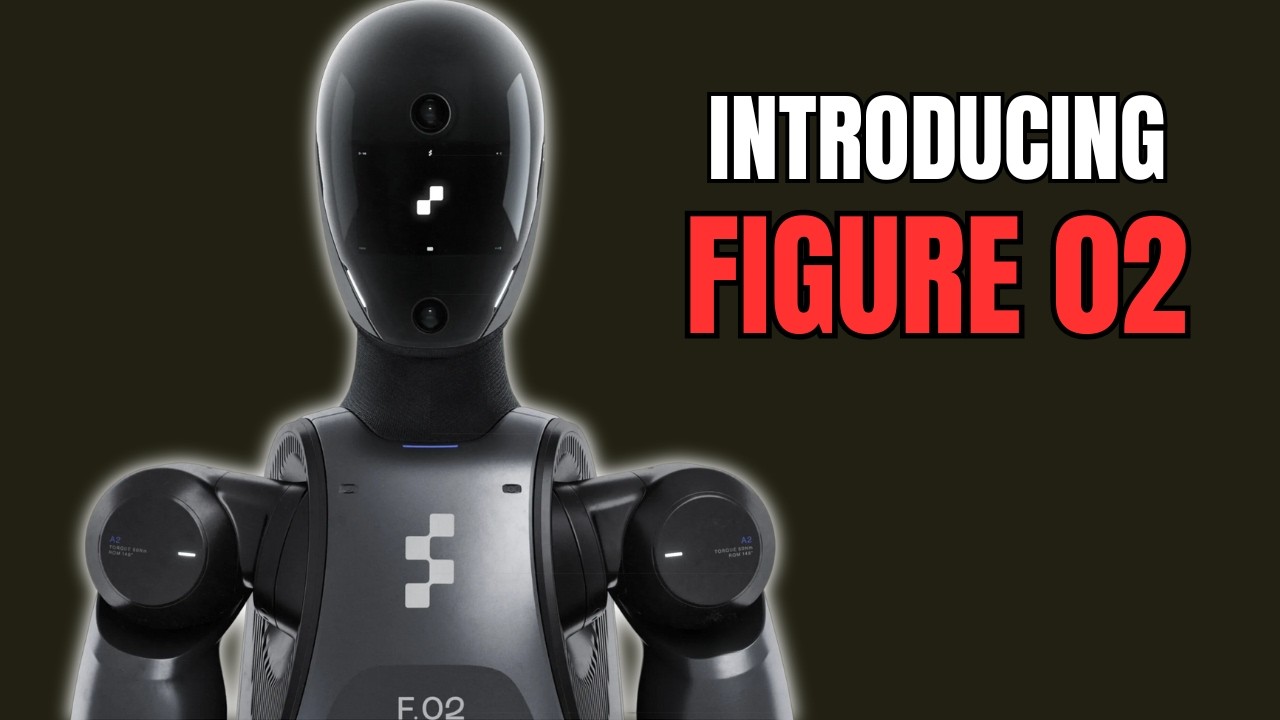The video showcases the Figure 2, an advanced humanoid robot developed by Figure, featuring significant improvements in AI, vision systems, and dexterous hands, designed for efficient human-robot interaction. It discusses the potential of humanoid robots to take on various roles in society, enhancing quality of life while raising questions about the future of work and human labor in an increasingly automated world.
The video introduces the Figure 2 robot, the latest humanoid robot developed by the company Figure. It showcases the robot’s sleek and futuristic design, which appears almost ready for production. The video highlights significant advancements in hardware and software, including improvements in AI, computer vision, batteries, electronic sensors, and actuators. The Figure 2 is designed to facilitate human-robot interaction through speech-to-text capabilities, allowing users to communicate with the robot naturally rather than through manual programming.
One of the standout features of the Figure 2 is its advanced vision system, equipped with six onboard RGB cameras. This system enables the robot to process visual information and make decisions based on its environment using a single neural network powered by artificial intelligence. The robot’s hands have also seen significant improvements, boasting 16 degrees of freedom and human-equivalent strength, which allows for dexterous movements and manipulation of objects.
The Figure 2 is powered by a custom 2.25 kW battery pack, providing 50% more energy than its predecessor and allowing for approximately five hours of operation. The robot is designed to be efficient, with three times the computational power for AI inference compared to the previous generation. Its specifications include a height of 5’6", a weight of 150 lbs, and a payload capacity of 44 lbs, making it comparable to an average human in size and strength.
The video discusses the broader implications of humanoid robots, emphasizing their potential to take on dangerous and undesirable jobs, thereby improving the quality of life for humans. The company Figure envisions a future where humanoid robots can assist in various sectors, including factories, households, and even off-world exploration as humanity expands beyond Earth. This vision aligns with the growing trend of integrating robots into everyday life, with several companies, including Tesla and Boston Dynamics, making strides in humanoid robotics.
Finally, the video raises thought-provoking questions about the future of work and the role of humans in a world increasingly populated by robots. With billions of potential roles for humanoid robots in labor, caregiving, and household assistance, the prospect of a future where humans are relieved from manual and intellectual labor is both exciting and daunting. The video concludes by inviting viewers to share their thoughts on this evolving landscape of robotics and its implications for society.
